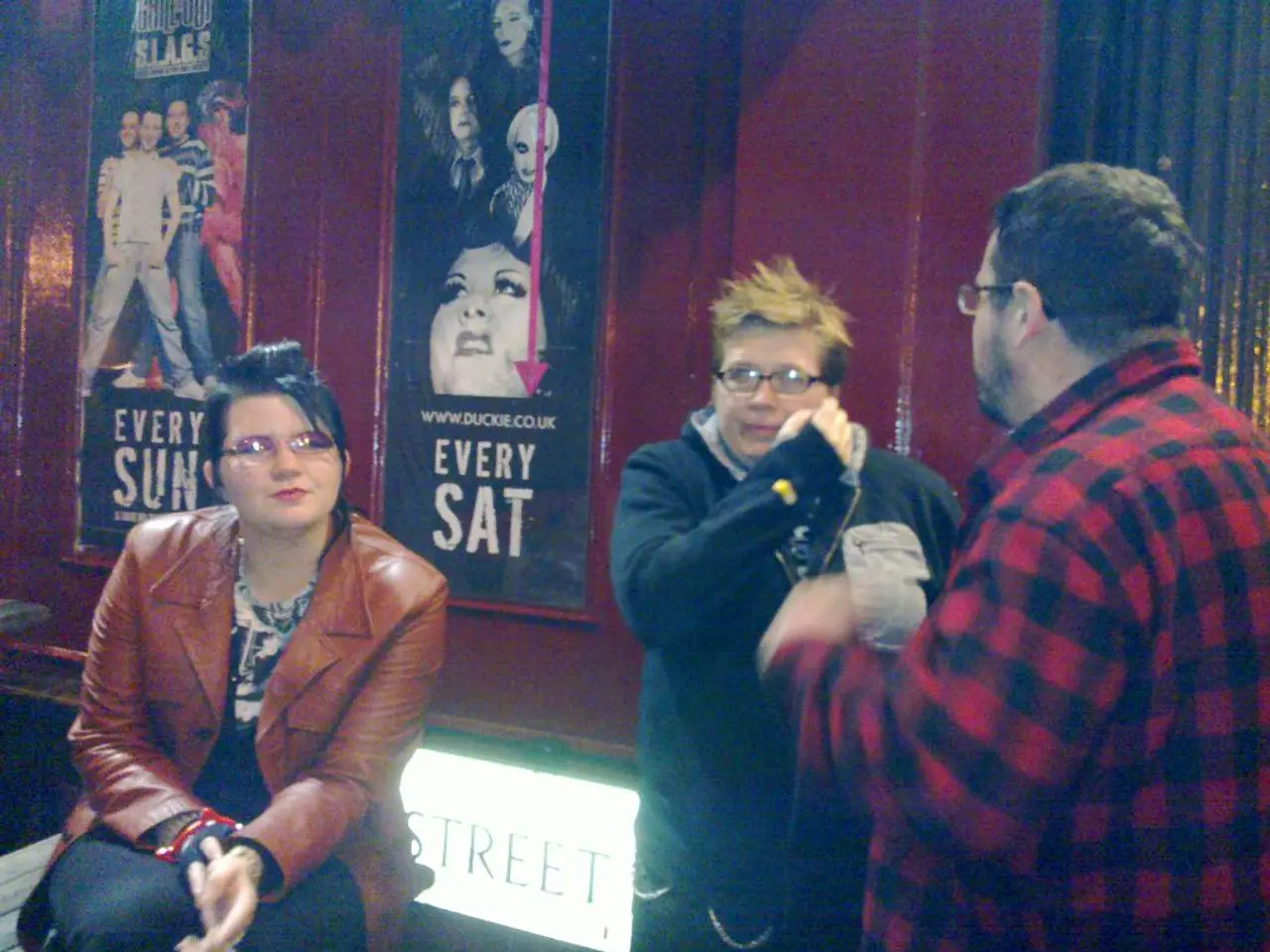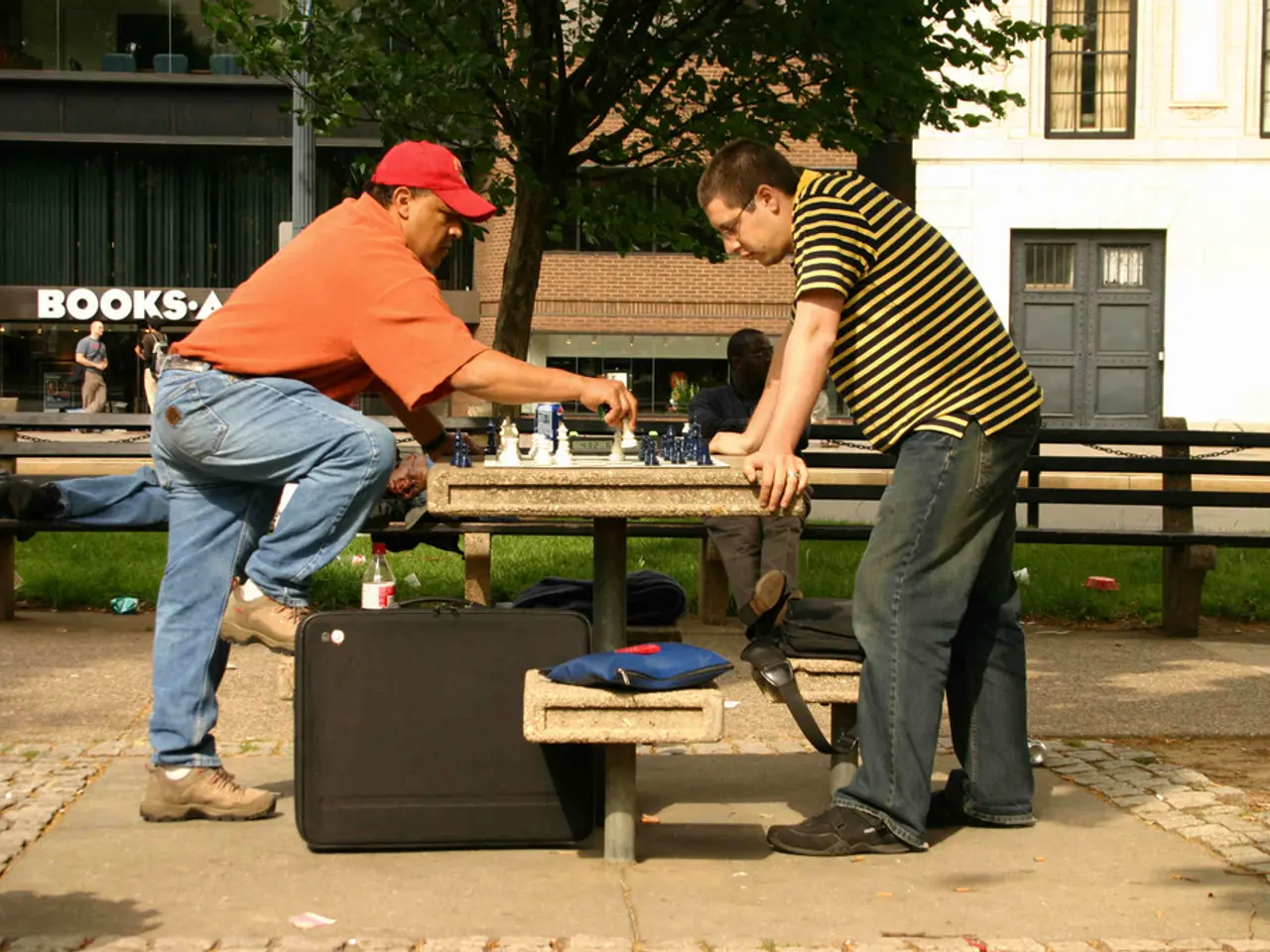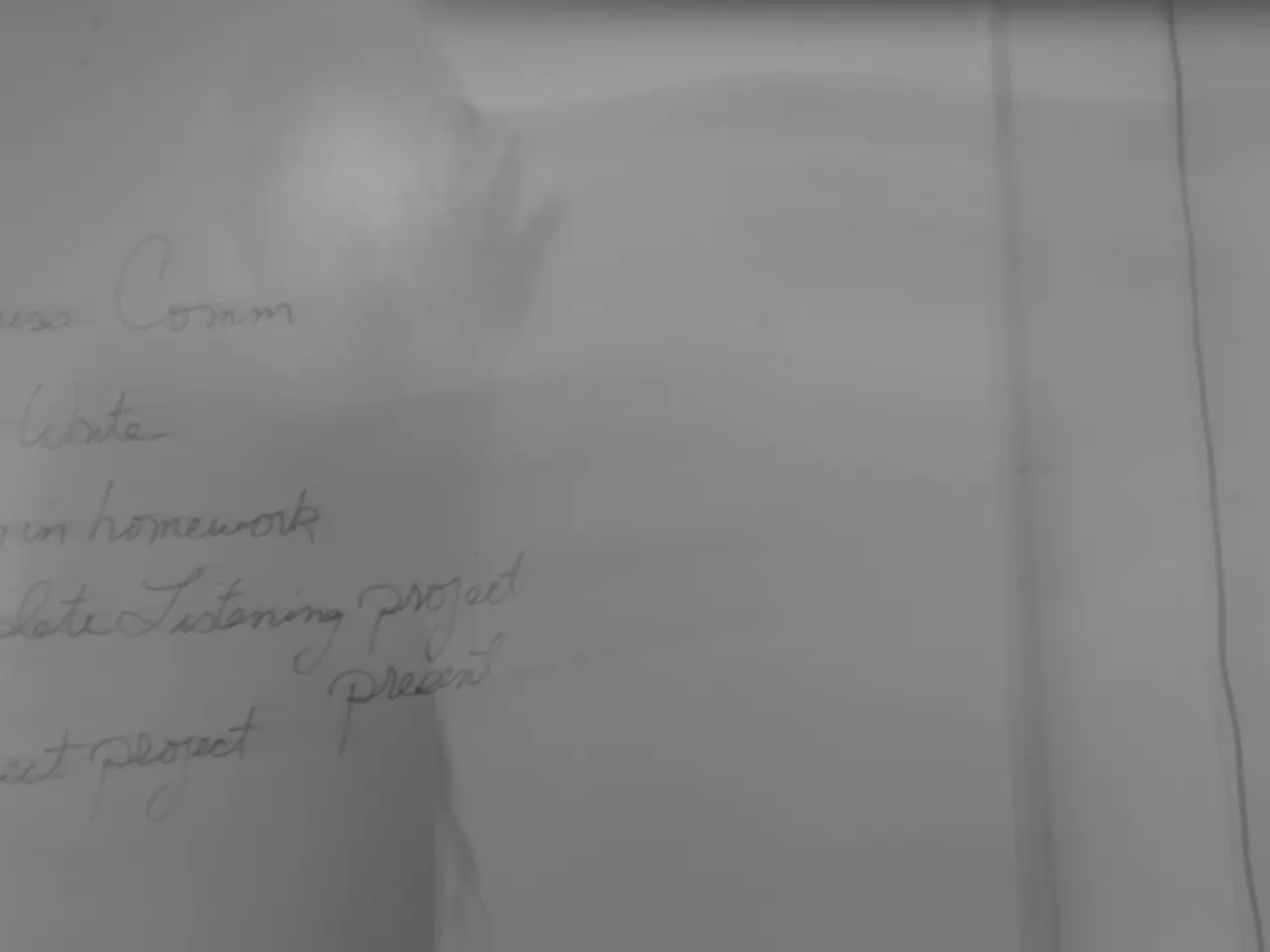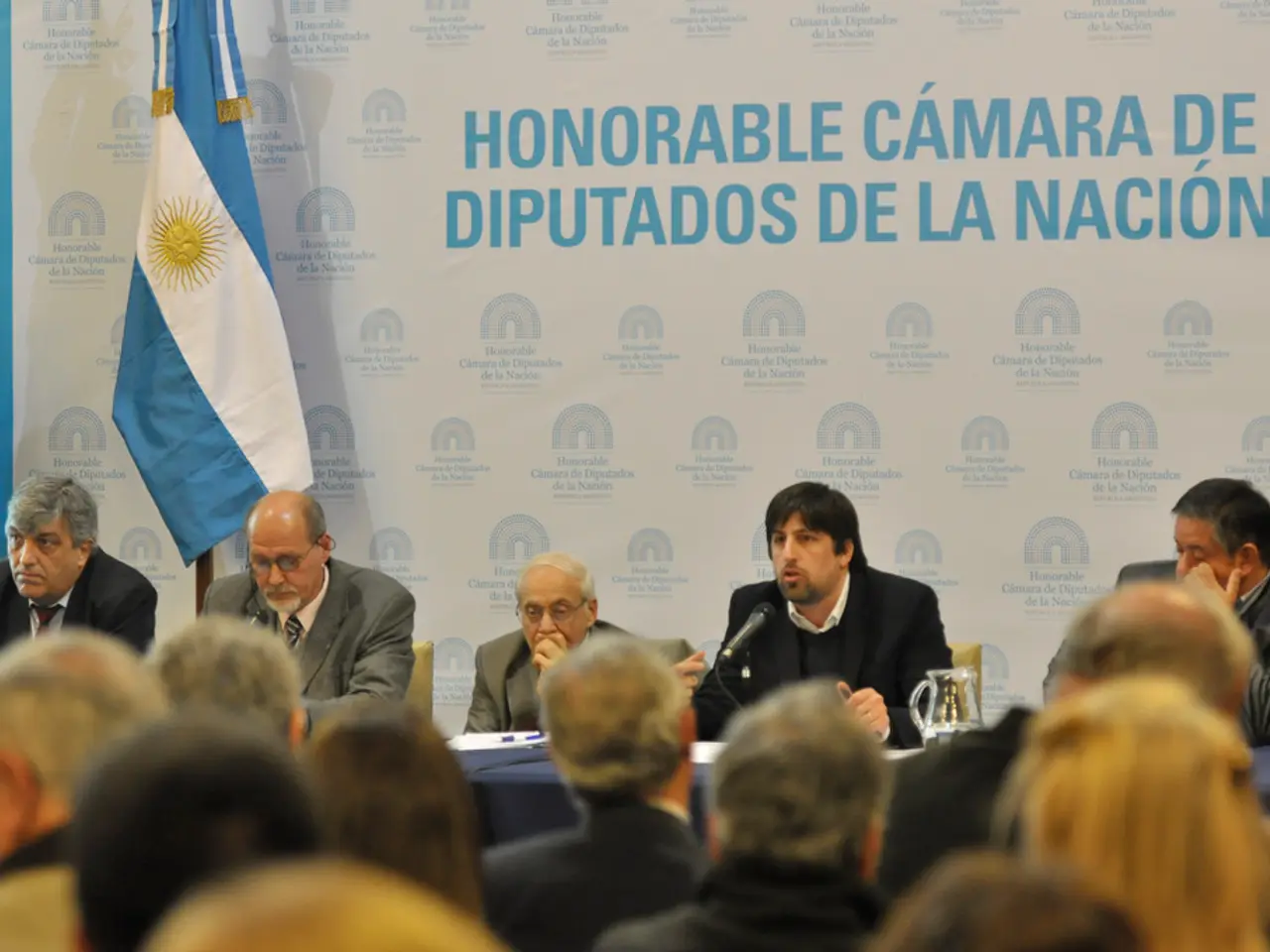Cinematic trends or stylistic tendencies in the film-making world
In the realm of cinema, various movements have emerged, each offering a unique perspective on life and society. This article delves into four such movements: Film Noir, Parallel Cinema, the Polish Film School, and the tendencies of Poetic Realism.
First, Film Noir, an American cinema style that originated in the early 1940s, is known for its dark, moody aesthetics and cynical narratives. The term "film noir" means "black film" or "dark film" in French and was coined by French critics in the post-World War II era.
Moving eastwards, Parallel Cinema, which originated in India in the 1950s, was a response to the dominance of mainstream Bollywood cinema. Rooted in realism, social commentary, and experimental storytelling, it used non-professional actors and real locations.
The Polish Film School, active from 1955 to 1963, was a significant film movement that emerged in Poland during the late 1950s and peaked in the early 1960s. Characterized by innovative storytelling, intellectual depth, and strong artistic expression, pioneers like Andrzej Wajda, Andrzej Munk, and Krzysztof Kieslowski crafted films that offered profound insights into the human condition, often through allegorical and symbolic narratives.
Films often focused on social issues, historical events, and the struggles of everyday life in post-war Poland, including grappling with the legacy of World War II and the Nazi occupation. The movement also explored themes related to Polish identity, national pride, and the adaptation to socialist realities. Historical epics and war dramas were prominent, reflecting the nation's recent past and ongoing political context.
The Polish Film School gained international attention due to its innovative storytelling and the quality of its films. It marked a shift from direct socialist realism to more nuanced and personal narratives, reflecting the complexities of Polish society during that period.
Lastly, Poetic Realism, active from the 1930s to the 1940s, is a tendency in film rather than a movement. It focuses on "recreated realism" rather than socio-realism, and main characters are often marginalized members of society, such as the unemployed working class or criminals.
Another influential theory in filmmaking is Soviet Montage theory, developed by Lev Kuleshov in 1924-1935. This theory altered filmmaking by suggesting that an idea or emotion might not be adequately expressed in a single frame, and that two distinct images can be combined to create a larger context.
Italian Neorealism, active from 1943 to 1954, is a revolutionary film movement that prioritized authentic storytelling and depicted the harsh realities of everyday life in post-World War II Italy. It used non-professional actors, real locations, and focused on social issues.
Each of these movements has left an indelible mark on cinema, offering unique perspectives on life and society, and pushing the boundaries of storytelling. Their influence continues to be felt today, shaping the way we tell stories on the silver screen.
Entertainment transcends borders with the American Film Noir, a dark and cynical cinematic style, showcasing unique perspectives on life and society. Eastwards, Parallel Cinema in India offers a counterpoint to mainstream Bollywood with realistic narratives, social commentary, and experimental storytelling.








